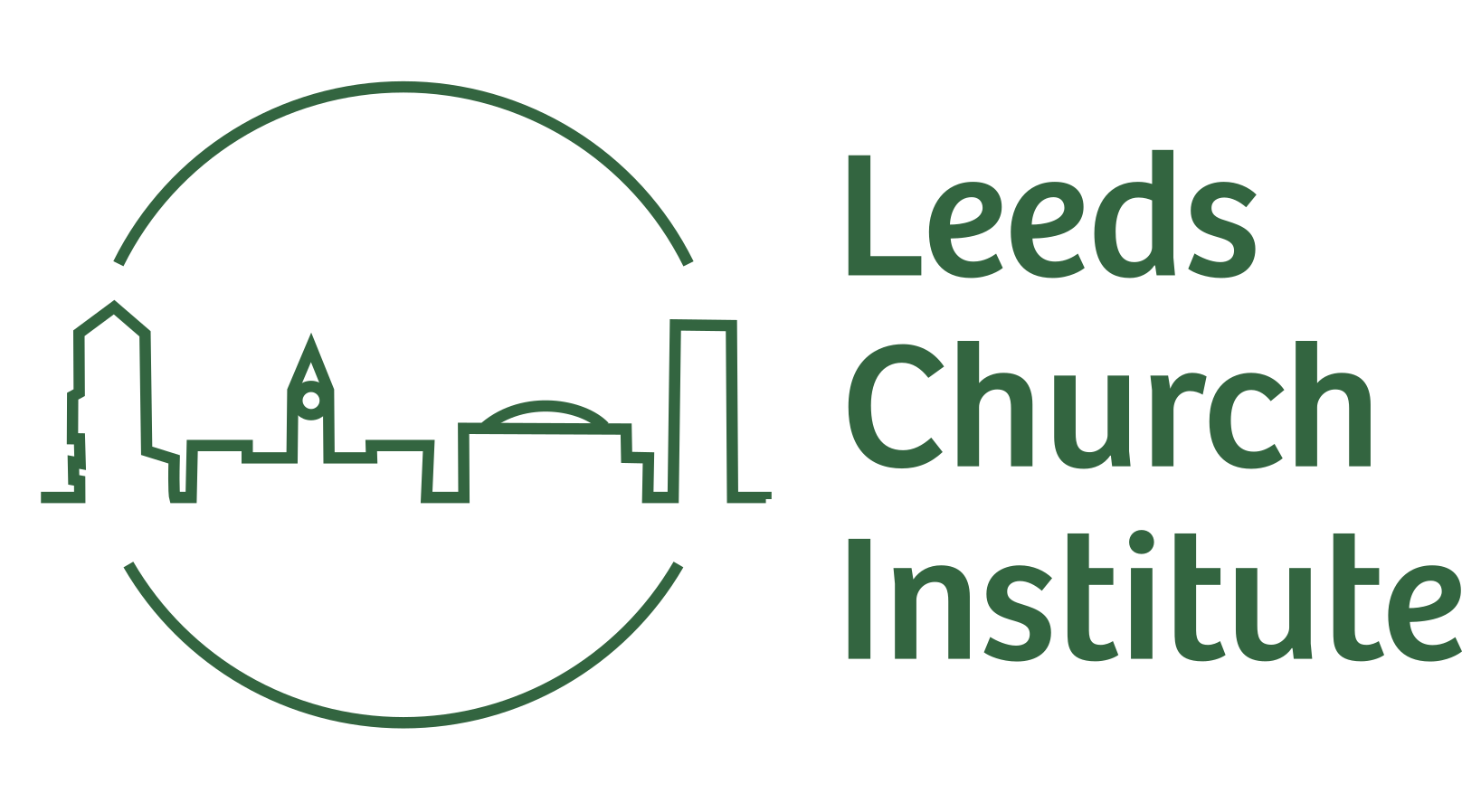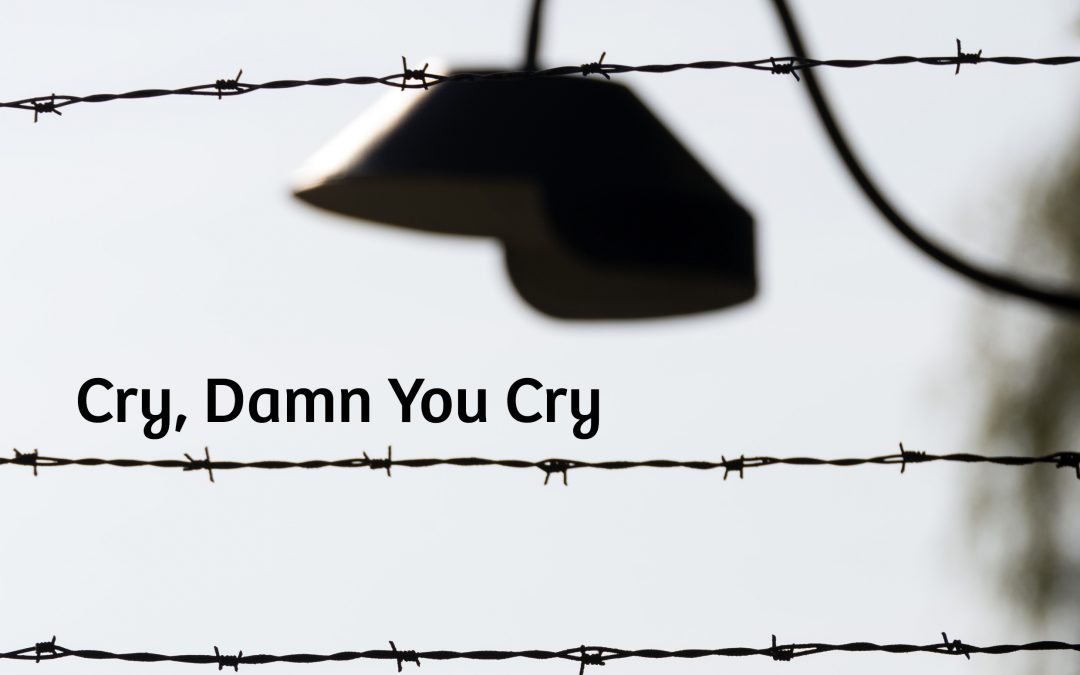 CRY, DAMN YOU CRY
CRY, DAMN YOU CRY
An extract from an article by Professor Ivan Reid based on his experience in leading a group of British young people on a tour of Poland, together with a group of English speaking Polish youth, in 1967. The full article was first published in several languages in the magazine POLAND in 1968 and Ivan was awarded a medal and a cash prize [donated to the victims] by the Polish Government for services in the dissemination of Polish culture.
What is Auschwitz? An important railway centre. A small market town with bars and a night club. A museum to inhumanity. Graveyard of four million people murdered by the Nazis. A place to lay flowers and to shed tears. A place never to forget, or never to remember. A place to pull down or to repair. A place to be sad, or a place to be glad, or thankful.
Whose is Auschwitz? The Pole’s for owning the land. The German’s for devising the use. Twenty-four European nationalities for supplying the victims. Europe’s for allowing Nazism. The Devil’s or God’s.
To those who have not seen it the questions above are real, interesting and to be debated. When you have seen it they are pointless and unasked, for Auschwitz is an experience and it belongs to humankind.
Auschwitz to me is two hot, dry, dusty, parching days in August. Strained Polish and English faces, handkerchiefs, clenched fists, stiff walking . . . . silence, thought and prayer. Electric barbed wire, concrete posts, watch towers horribly regular, cold and cutting. Gallows outside the kitchen made of railway line, twenty corpses at a time. Wooden fence, laced with flowers, somewhere twenty thousand shots still echo and lifeless bodies fall.
A room filled with human hair; a room of artificial limbs; a hundred thousand toothbrushes in complete disarray; the clothes of children deemed too socialised to be of use to the German race.
Great ovens, spewing flowers laid in memory of some of the dozens of bodies burned each day, each day of the week, each week of the year, each year of the war. A low roofed concrete chamber, with crude mock shower points in the ceiling, for gas, of course; one nearly misses being shocked.
A railway line, always a place of arrival and departure, yet never quite as final. On to view the mounds of human ash covered now and blown. Here are the sleeping blocks, some brick, some wooden, in each a thousand men or women held tight, six to a plank bed less than eight feet wide.
Now, at last, exhausted, we can burst out. Slowly life creeps back, a match is struck, a sweet unwrapped, somebody whispers, almost laughs. Later, reinforced with coffee and tobacco, we mumble “why” and “how” and go to bed, changed.
When next you are overcome with self-satisfaction; when you contemplate the achievements, wonders, beauties of the human race; when you are comfortable, warm and safe; pause, and think of Auschwitz. This too is an artefact of humanity, this too a product of human thought and emotion, grotesquely ingenious. Nor think it is past, history, or best forgotten, for what stage of evolution has humankind gone through since then to make it such. So remember Auschwitz, Treblinka, Dachau, Nordhausen, Weimar, Lublin, Natzweiler, Belson, Sachenhausen, Wolzek, Belzek, Bauchanwald and today, and perhaps spare a tear.
Image: Cry Damn You Cry © Shutterstock [villorejo] (FYI This image is for editorial purposes only)

